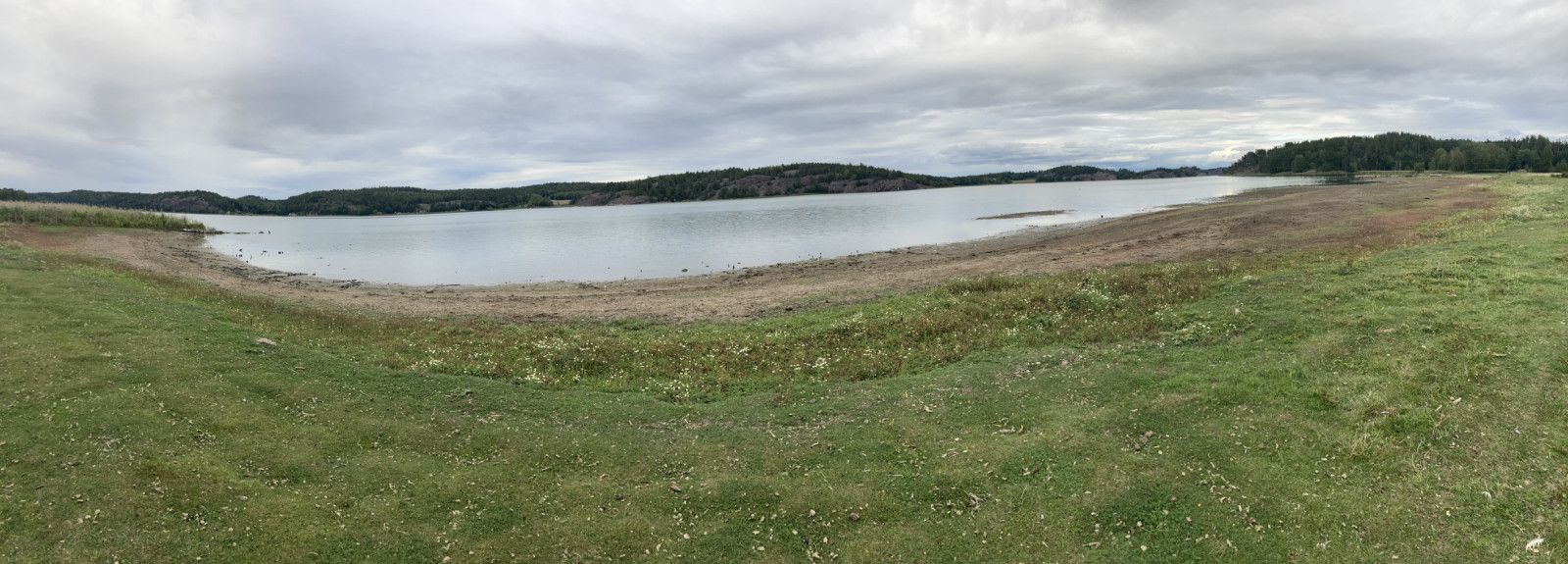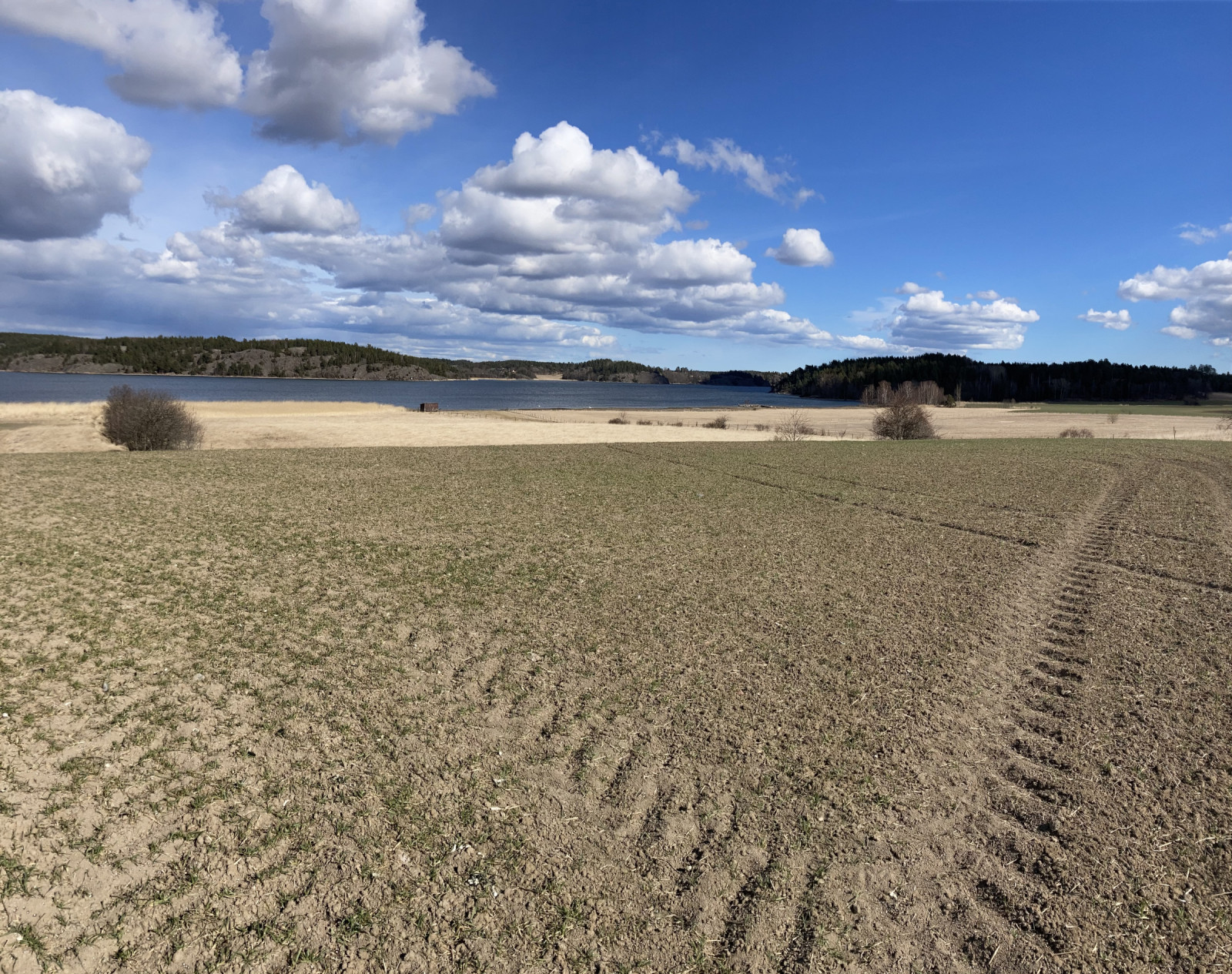Description
The birds start to arrive at Killingholmen in February when the ice starts to loose its grip on the coastal waters. Then ducks start to rest in the shallow parts of the bay; Toppand (at most 100) and around 1000 Laksand can be found. Also the rarer winter ducks like Krikkand, Taffeland, Lappfiskand, Bergand and Siland. A few hundred geese and around 100 Sangsvane feed on the areas fields and coastal meadows around march. In March the other early spring birds also arrive; Sanglerke, Ringdue, Stær and Vipe. In spring you can find Skjeggmeis in the reed beds.
Year round Spurvehauk, Havørn and Musvåk are the common predatory birds. But Kongeørn, Myrhauk and Glente pass by the area. Most common passerine birds arrive in March/April. Slätbaken is a stopping point for passerine birds, which makes it common to find uncommonly early Trelerke and Duetrost.
From late February and in March the owls in the area can be heard calling. Kattugle Spurveugle and Hubro are sometimes heard. In March more geese start to arrive and not only the common Kanadagås and Grågås. Also Tundragås (at most 67) and Hvitkinngås (at most 100). Sædgås, Tundrasædgås and Kortnebbgås are sometimes found. Also Dvergsvane has been observed.
On the coastal meadows large amounts of passerine bird start to rest in the end of March and in April. Heipiplerke, Linerle, Tornirisk are the most common. Among these Skjærpiplerke is regularly seen. In the large grassy areas Jordugle can be found. On the coastal meadows Strandsnipe, Skogsnipe, Rødstilk, Brunnakke, Snadderand, Skjeand, Grønnstilk, Heilo, Enkeltbekkasin and Toppdykker. Most common dabbling ducks are found but only Krikkand is numerous (at most 70). At the Torpa damm Knekkand and Stjertand have been seen, along with smaller amounts of other ducks.
In april large amounts of thrushes move past the fields and coastal meadows. Hundreds of Måltrost, Rødvingetrost, Gråtrost and Duetrost are seen. In the end of May and April most birds disappear, except for the breeders.
In May the latest passerine birds, and night active birds arrive. On the fields Enghauk, Vandrefalk and Åkerrikse are found. Sildemåke sometimes rest on the coastal meadows in May. Rosenfink often sings here. On the meadows Hvitkinngås, Grågås, Kanadagås, Snadderand, Rødstilk, Vipe, Toppdykker, Toppand, Kvinand and Sothøne breed. In the area Dvergspett, Tornskate, Krikkand and Sangsvane breed. At Storåns river mouth you can observe Isfugl.
During autumn Hov strandängar becomes better for birding. From July the area is a good site for wading birds such as Vipe, Storspove, Sandlo, Dverglo, Strandsnipe, Enkeltbekkasin, Heilo, Gluttsnipe, Rødstilk, Brushane, Grønnstilk and Skogsnipe. These are all common, while Dvergsnipe, Myrsnipe, Småspove, Temmincksnipe and Tundrasnipe are more rare.
Other wetland birds are often found. Among the rarer birds Isfugl, Rovterne, Blåstrupe and Egretthegre can be noted. Large amounts of gulls, geese and terns can be found, especially Grågås which some years have been found as numerous as 3000.
Large amounts of passerine birds are found in the meadow areas. The most numerous passerine birds are Stillits (250 at most), Låvesvale (500 at most), Buskskvett, Steinskvett, Stær (600 at most). Later in autumn Dvergdykker, Kvartbekkasin, Bergirisk, Horndykker, Lappfiskand and Bergand are sometimes found.
Details
Access
Inre Slätbaken is located east of the town of Söderköping. Parking can be found around Hov and several other places. Click on a P in the map for directions to a parking spot.





